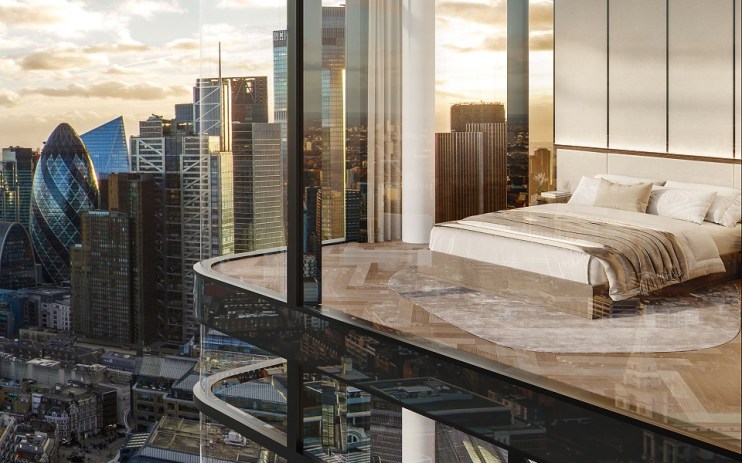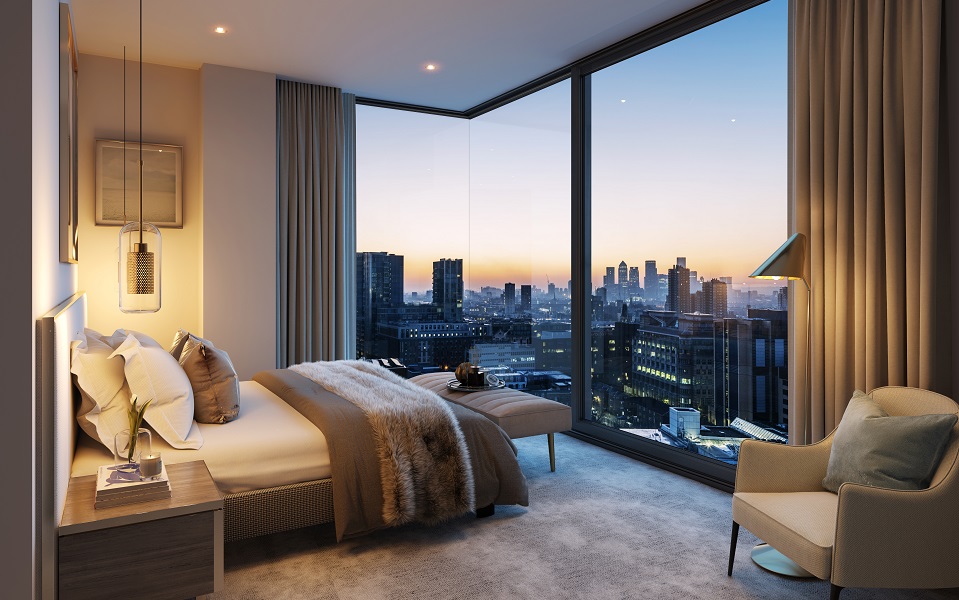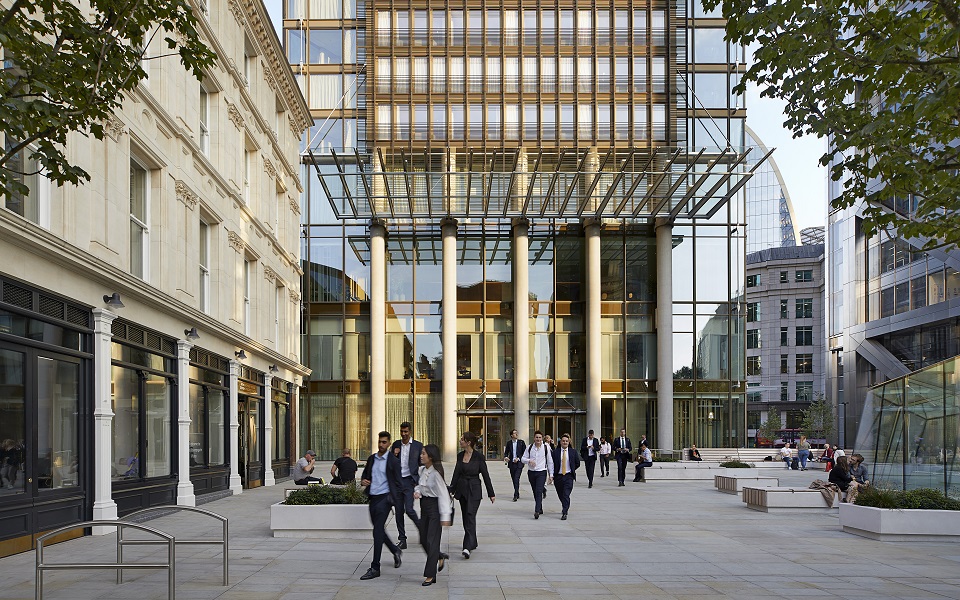Could living in the City of London become popular?

The race is heating up for the smartest City of London living – Adam Bloodworth looks at the competition
Crypts, former gladiatorial jousting grounds, dozens of gorgeous old pubs and even more shiny glass buildings: the City of London is an under-visited district rich with cultural things to do. We should frankly all spend more time here on our weekends, but some folks already do.
Since 2021 and the middle of the pandemic there has been a raft of new residential properties being built as part of a plan to breathe life into the City and to reuse some of the much reported disused office space. It may sound hellish for those that like to get as far away from the office as possible on weekends, but for others, commuting has started to feel out of date.
The mood is changing, with more property companies building ‘mixed use’ developments that incorporate homes alongside offices. They are making the idea of living where you work a more attractive concept by welcoming cultural attractions into the same spaces, creating multi-functional living and working spaces.

The push for more housing in the Square Mile benefits the Square Mile. Residents will go to pubs and bars, stimulating the economy, and more people will visit the gorgeous stretches of river and these storied streets. Research by JLL found offices cost 24.7 per cent more within a mixed-use development than for a traditional stand-alone office, suggesting demand from companies is high.
“Our city and town centres need to become places for people to live, work, shop, eat and relax, adding diversity and bringing people in. A mixed-use approach is the direction of travel, signifying the end of an era where urban areas were zoned according to use,” says Simon Peacock, director at JLL. The City of London Corporation agree. When they announced more residential properties were to be built, some 1,500 homes, a spokesperson said: “The Square Mile must evolve in order to provide an ecosystem that remains attractive to workers, visitors, learners and residents.”
Germany, France, the States and London are in on the secret. So if you want to join the future-forward commuters and move into the City as part of the cohort making it a ‘mixed-use’ destination of life and work, where can you buy? At the Principal Tower residential building, around 75% of home owners work in the City. All of what property company Concord London call “affordable” properties from the 298 available in the building have sold out. Residents get a private gym, spa, screening room, pool and good views over London. The final 15 properties remain for sale.

The Haydon, another City property, hasn’t got specific buyer data but confirmed a “large number” of buyers also work in the City. Studios and one, two and three-bedroom apartments are on the market, with studios starting from £795,000. (Slightly more reasonable than the £9.9 million two-story penthouse at the Principal Tower but hey, if you’ve got it, why not?) At One Bishopsgate Plaza, Asian buyers outnumber Brits at 45 per cent to 40 per cent, although property company Stanhope PLC note that the percentage of Brits buying has increased since the building was completed two years ago.
Just over half the properties are still on the market, all with excellent views from at least the 20th floor, with one bedroom apartments starting at £1.3 million and going up to £4.4 million for the most lavish three beds. But the City of London faces a stock issue in the long term if it wishes to see through its dream of making the City a utopian space of work and play. Like the rest of our capital, and our country, the Square Mile suffers from a lack of housing, certainly affordable housing.
The district also suffers from the challenge of not having enough outdoor parks and green places to relax in, which is perhaps its biggest pitfall. A handful of luxury developments will not be enough to reimagine the entire City culture, but it’s an exciting start to what is a much bigger dream.
The City of London Corporation’s plans also involve potentially allowing all-night cultural celebrations to take place in the City, and the offering of cheaper rent to businesses that don’t typically like the appeal of the city, such as tech companies. The NDT Broadgate initiative which ended last year was an example of how the City attracted in non-traditional Square Mile workers to enrich the area. By offering creative writers and theatre practitioners free space to rehearse, write and collaborate in, the project ultimately contributed £40 million to the UK economy by returns from the cultural initiatives that were born during the project.
8.982 million people currently live in the Square Mile but some 513,00 people commute into it daily. It’s common sense to assume a good number of those people would choose to live more locally if they could. These new properties will be influential in our decision making as more of us rethink what the true meaning of ‘home’ really is.
To find out more about The Haydon, visit regal-london.co.uk; for Principal Tower go to concord-london.com or call 020 3883 3333 and for One Bishopsgate Plaza go to onebgp.com or call 0020 3515 0900.
Read more: Johnny Depp’s comeback performance in Jeanne Du Barry ‘a disappointment’, say critics
Read more: Brokeback Mountain play, review: Where’s all the gay sex?!
